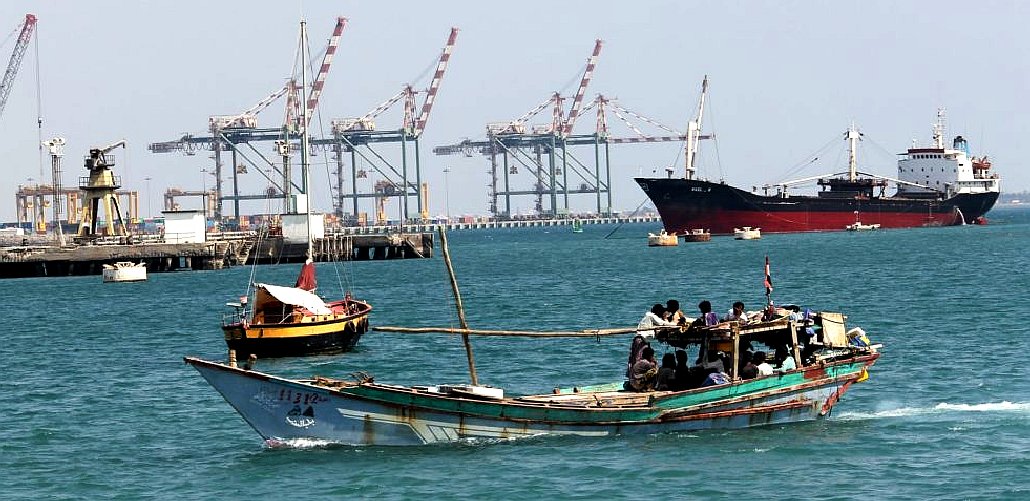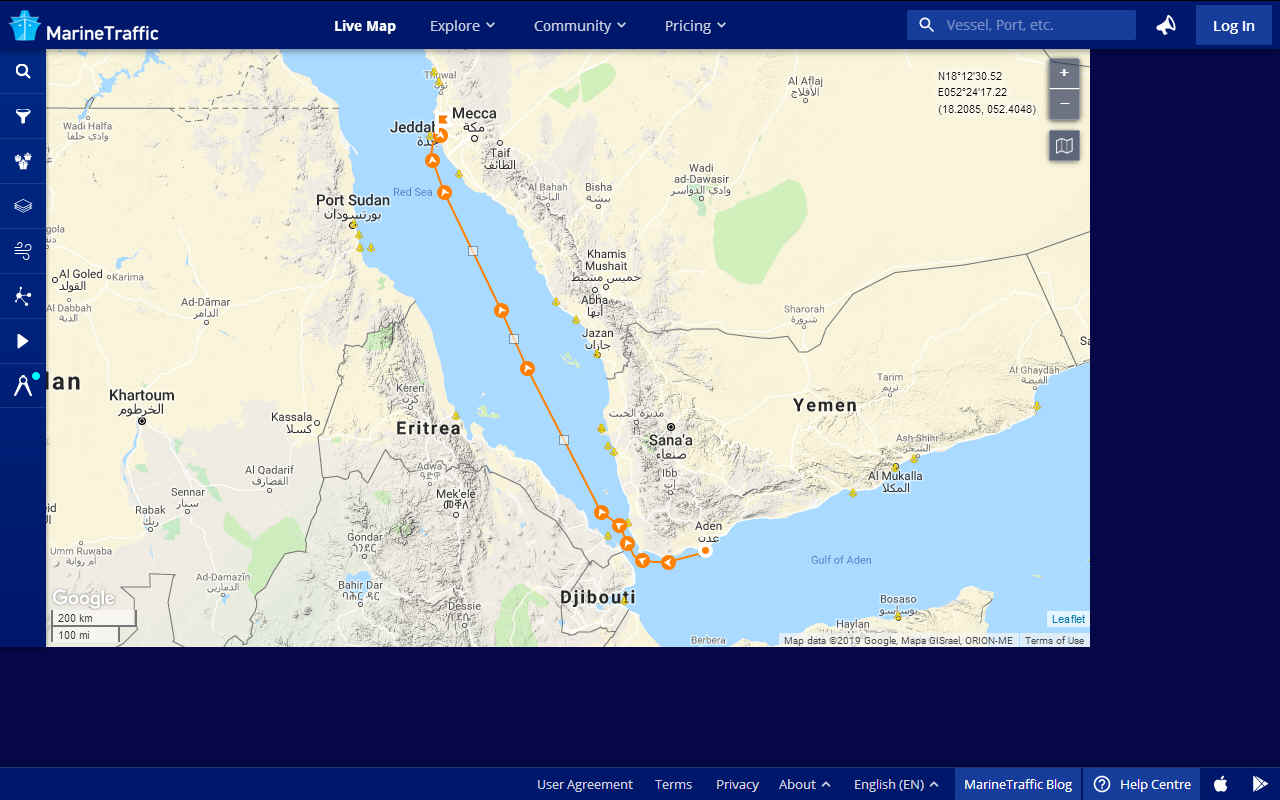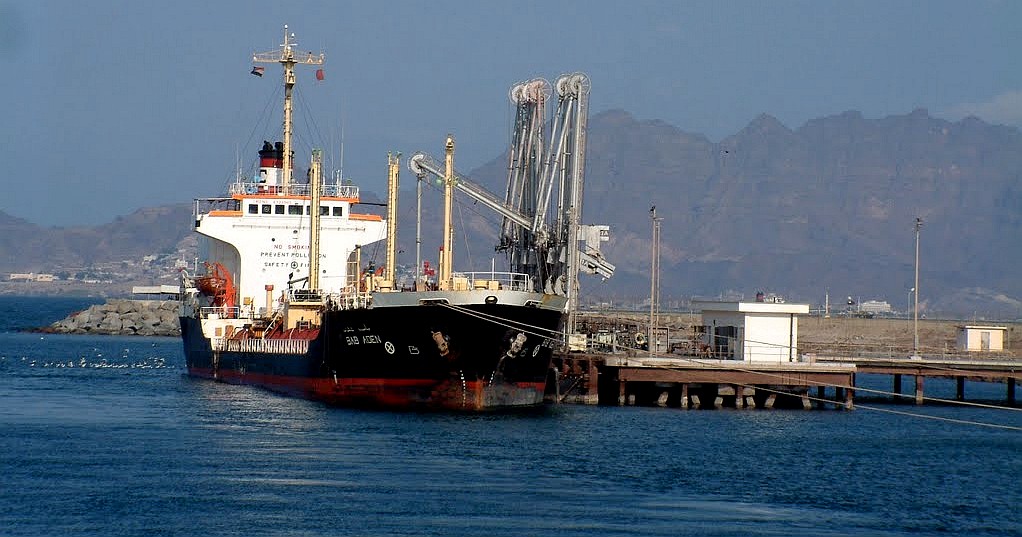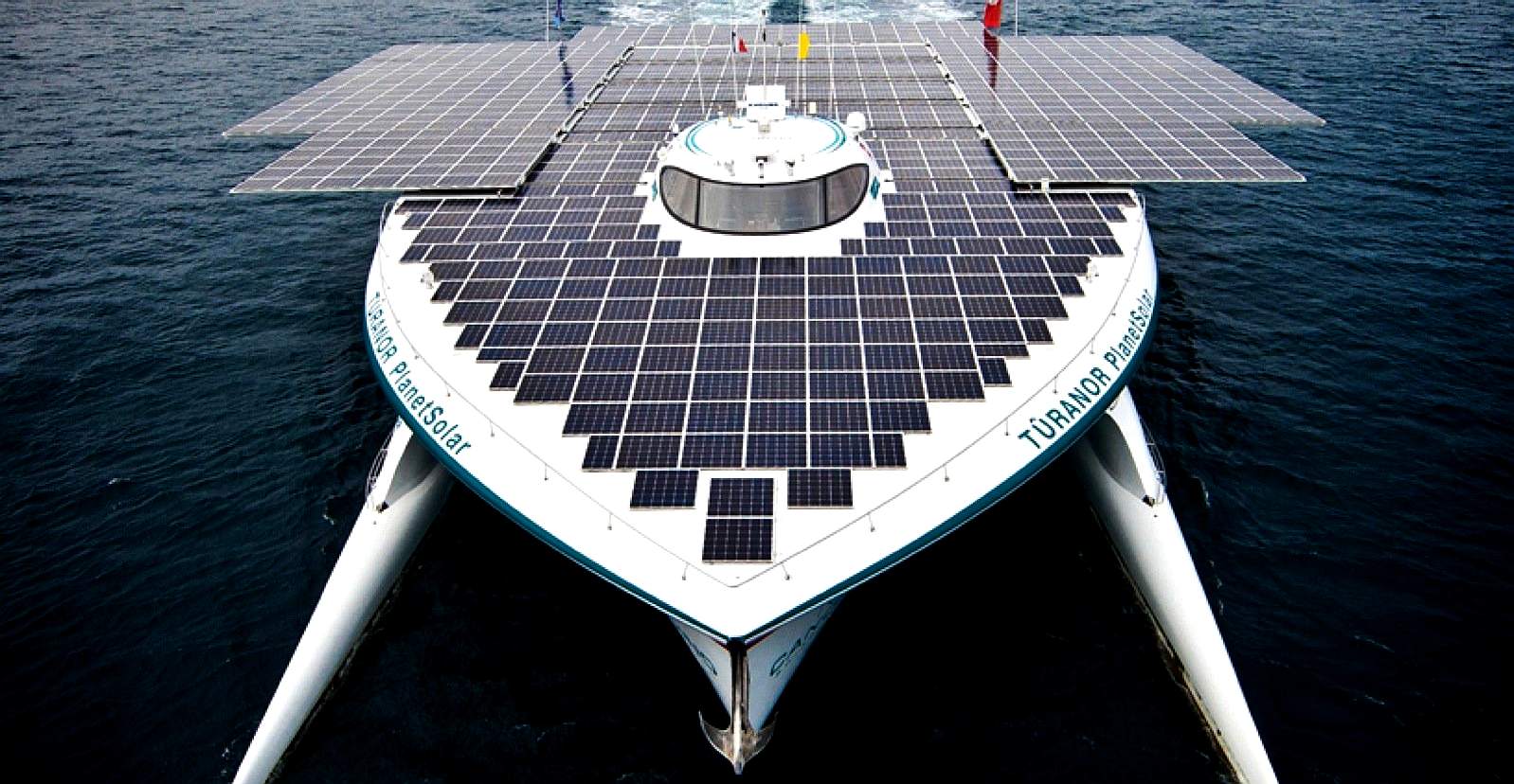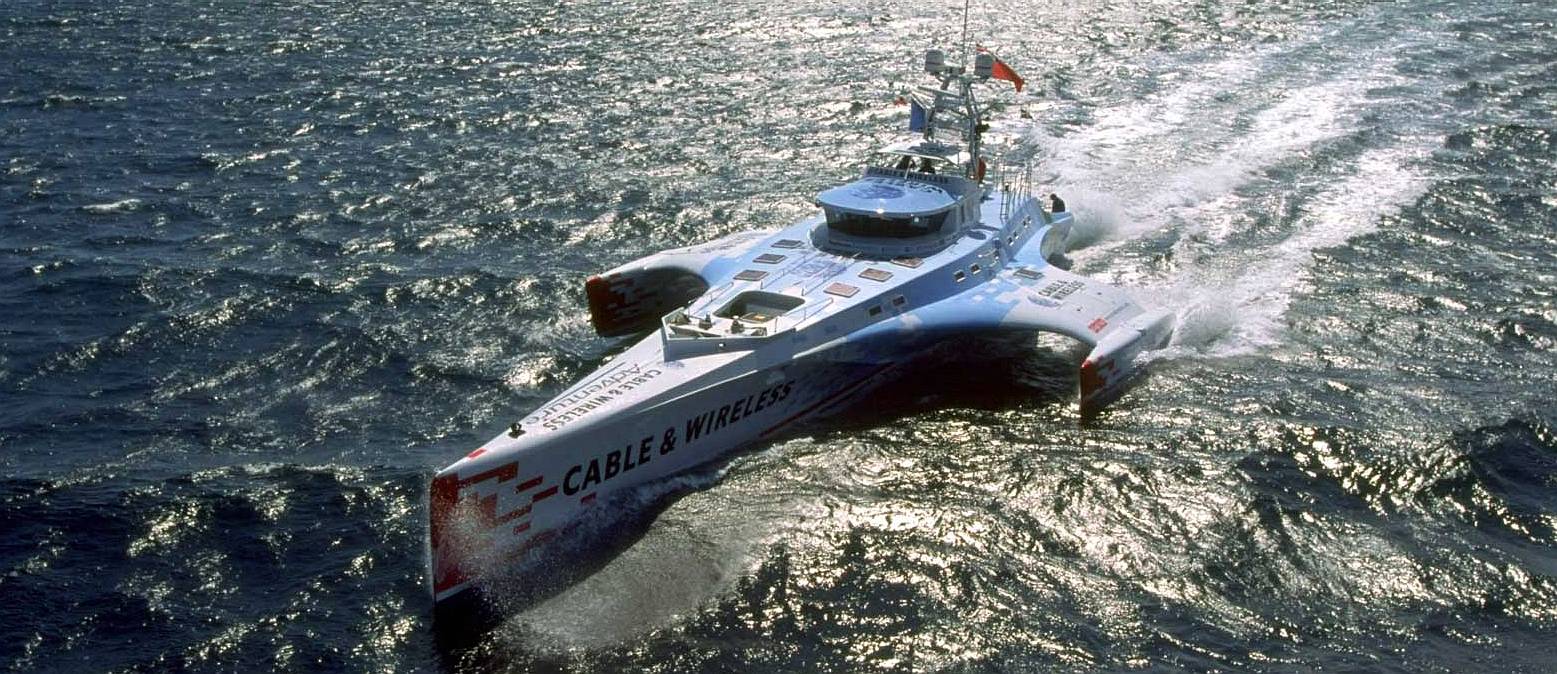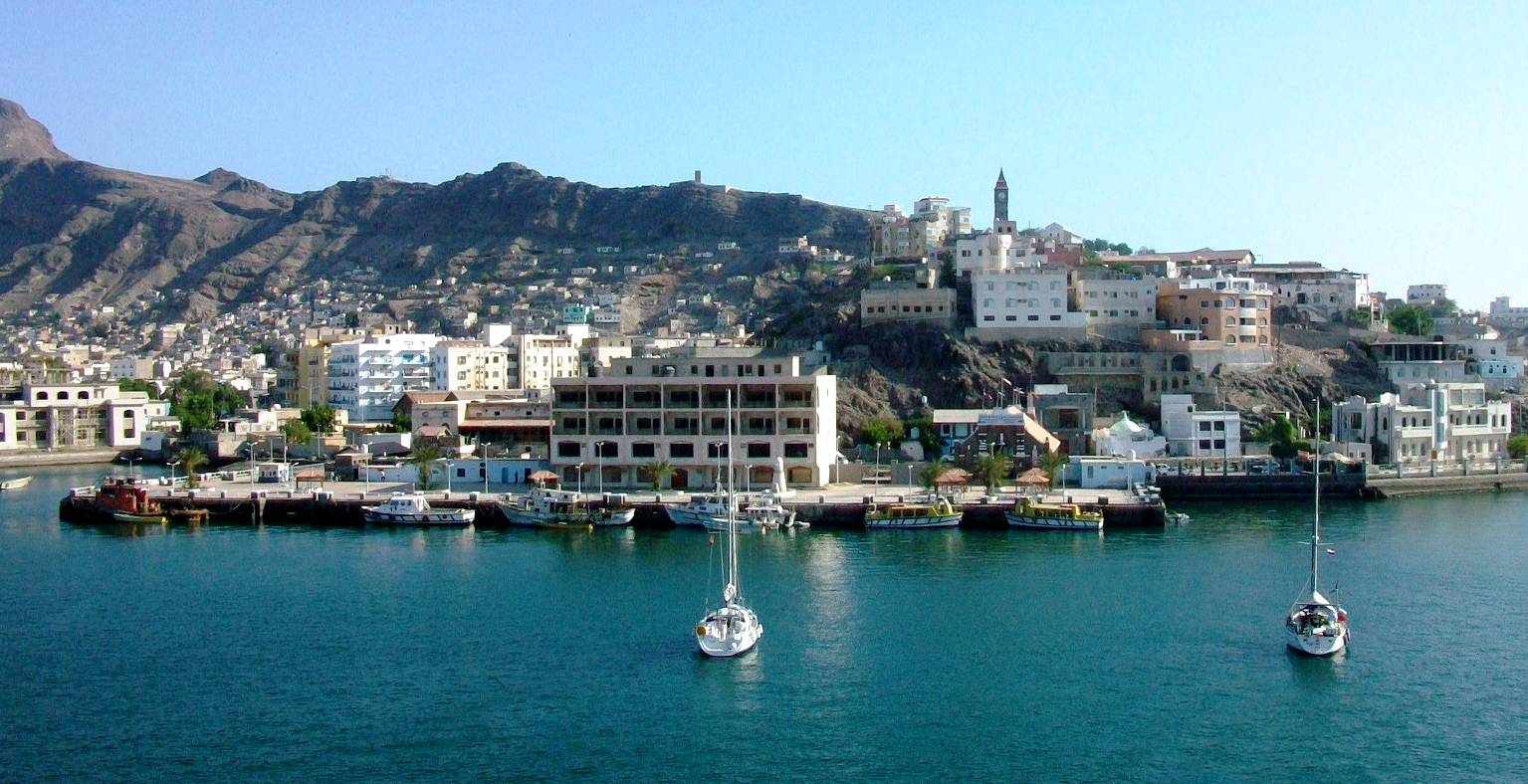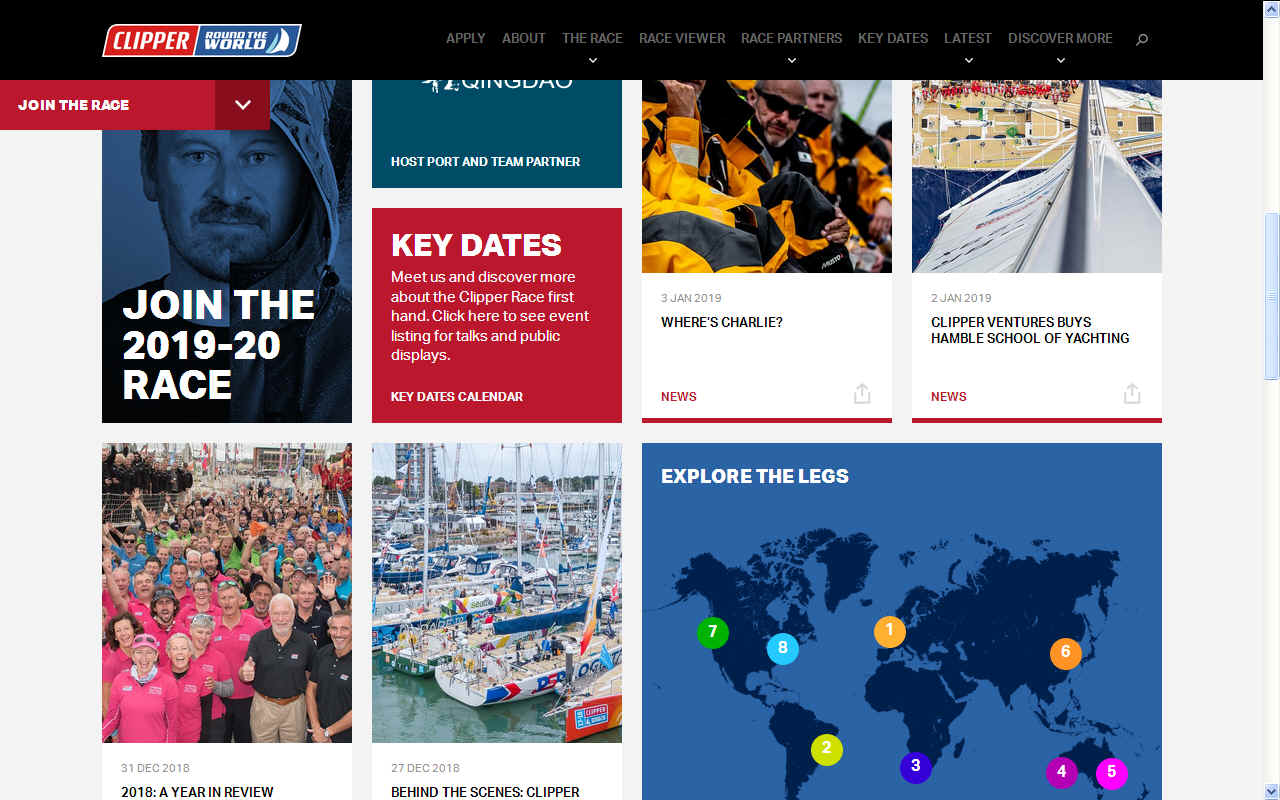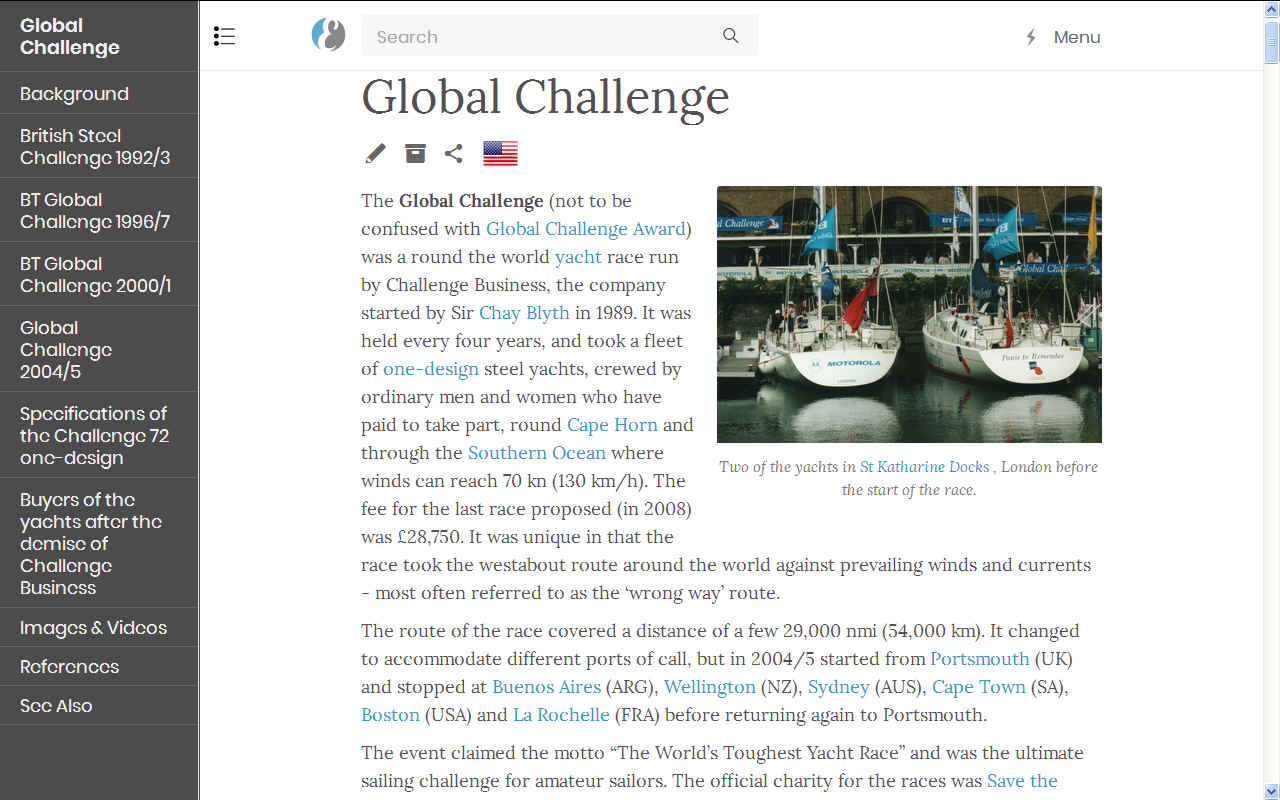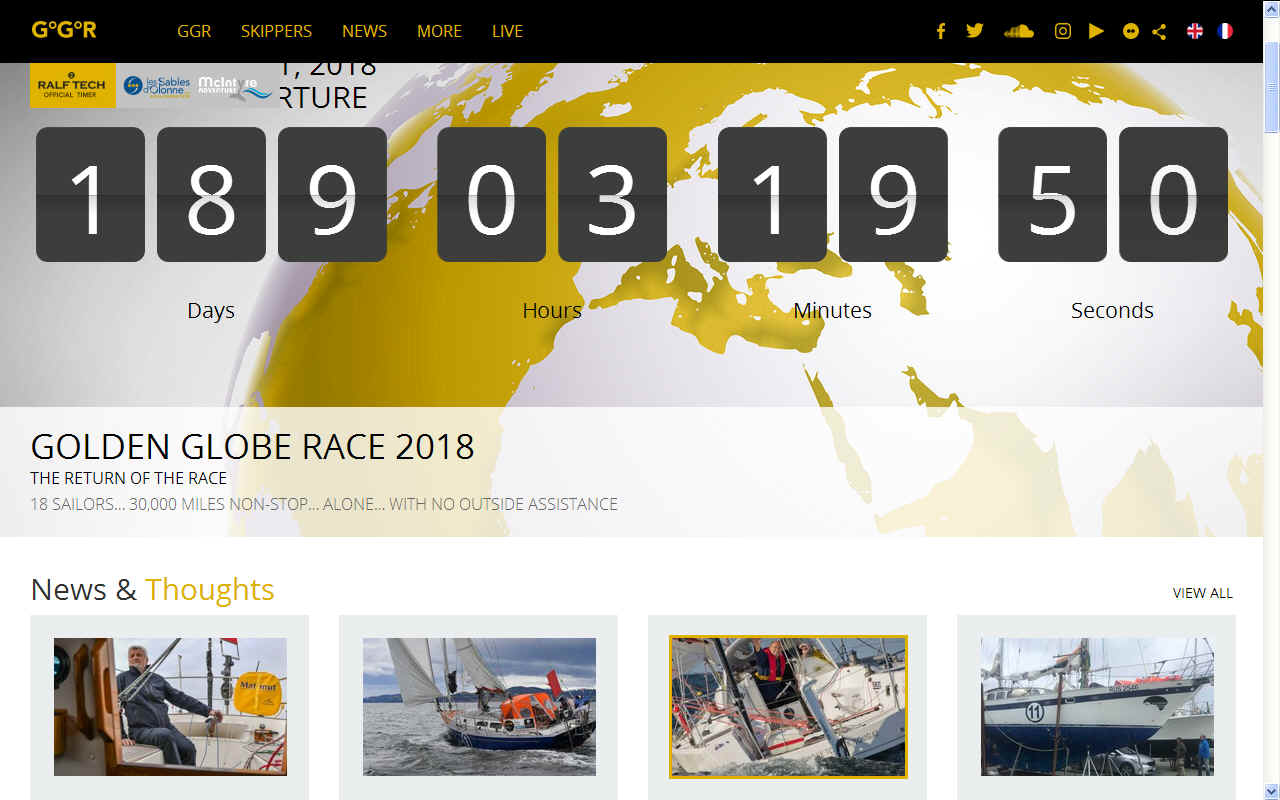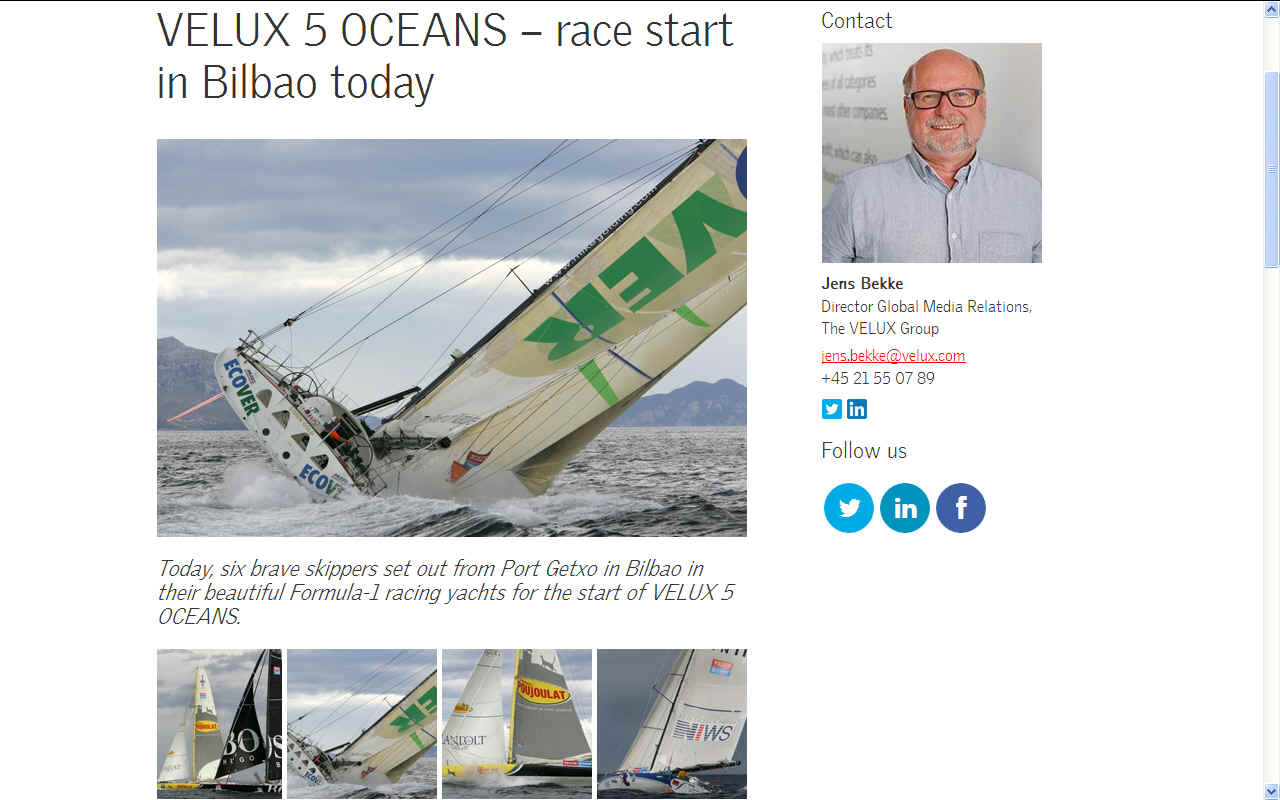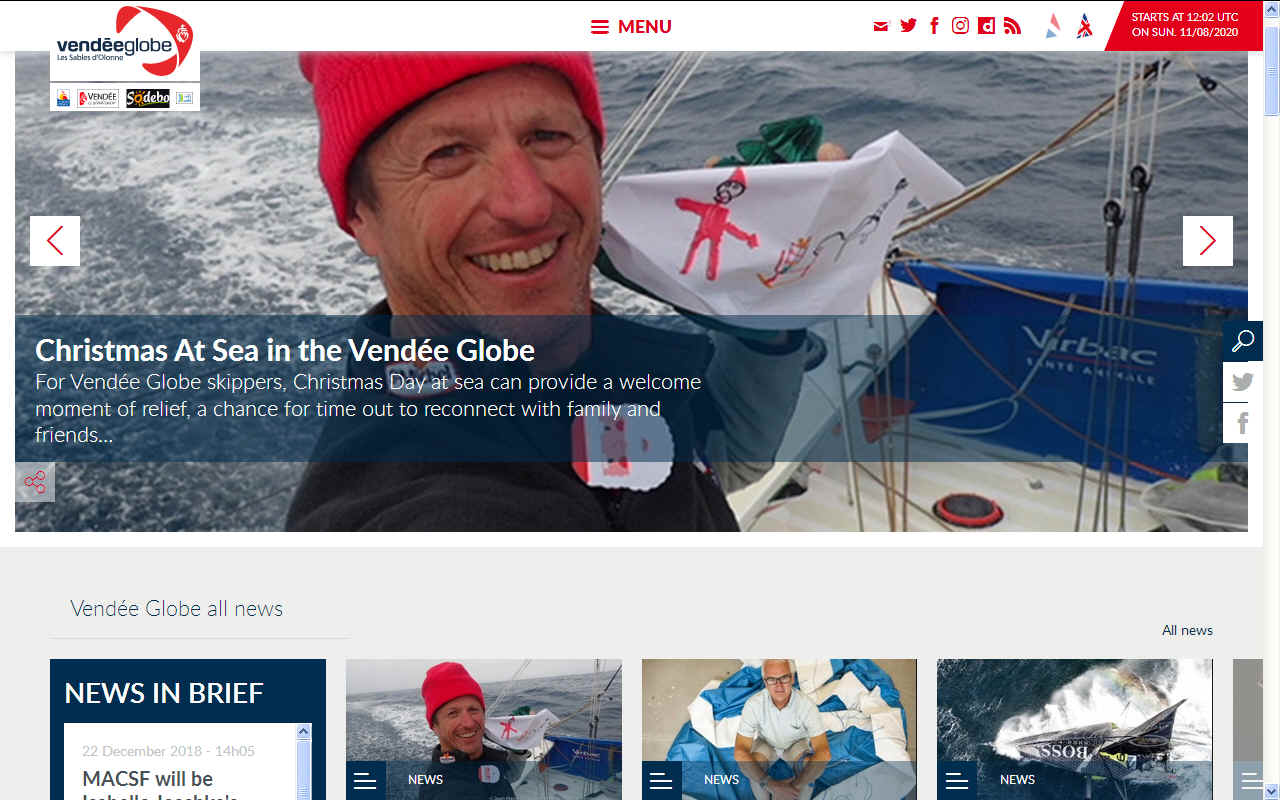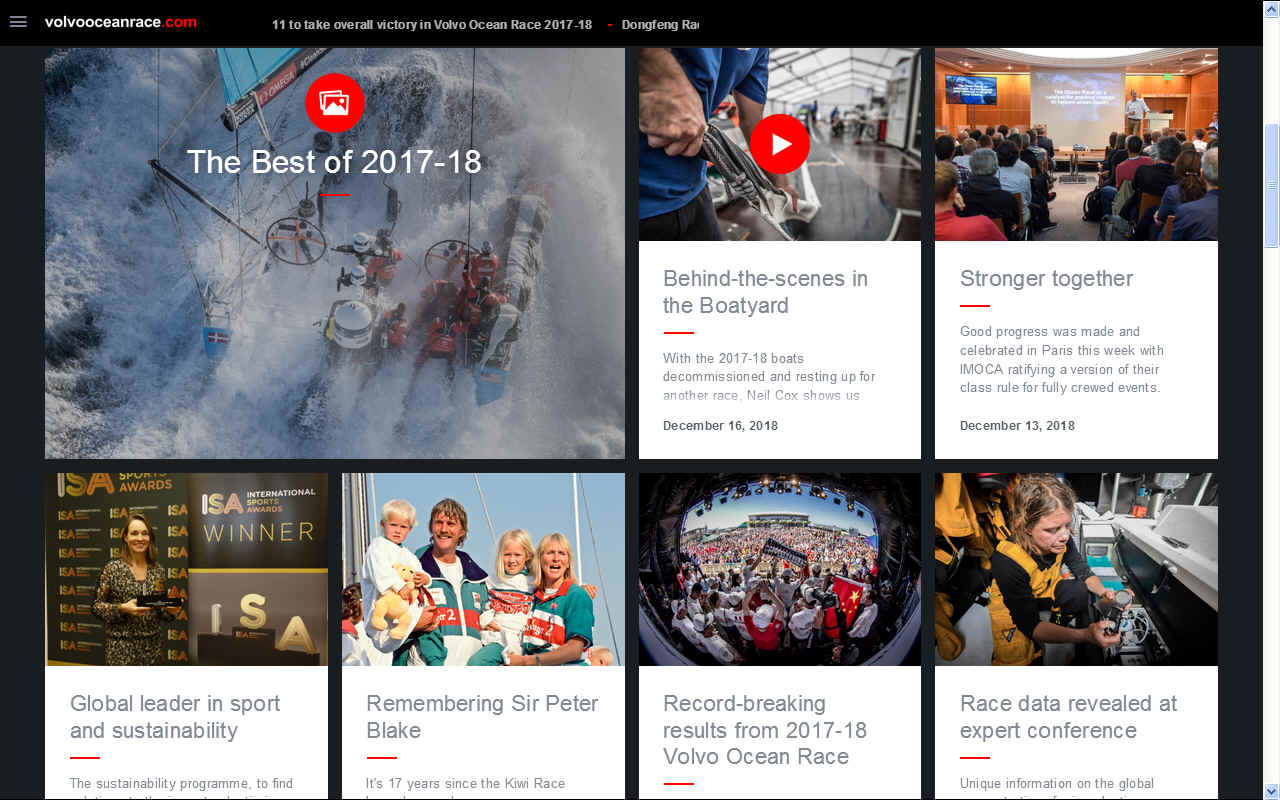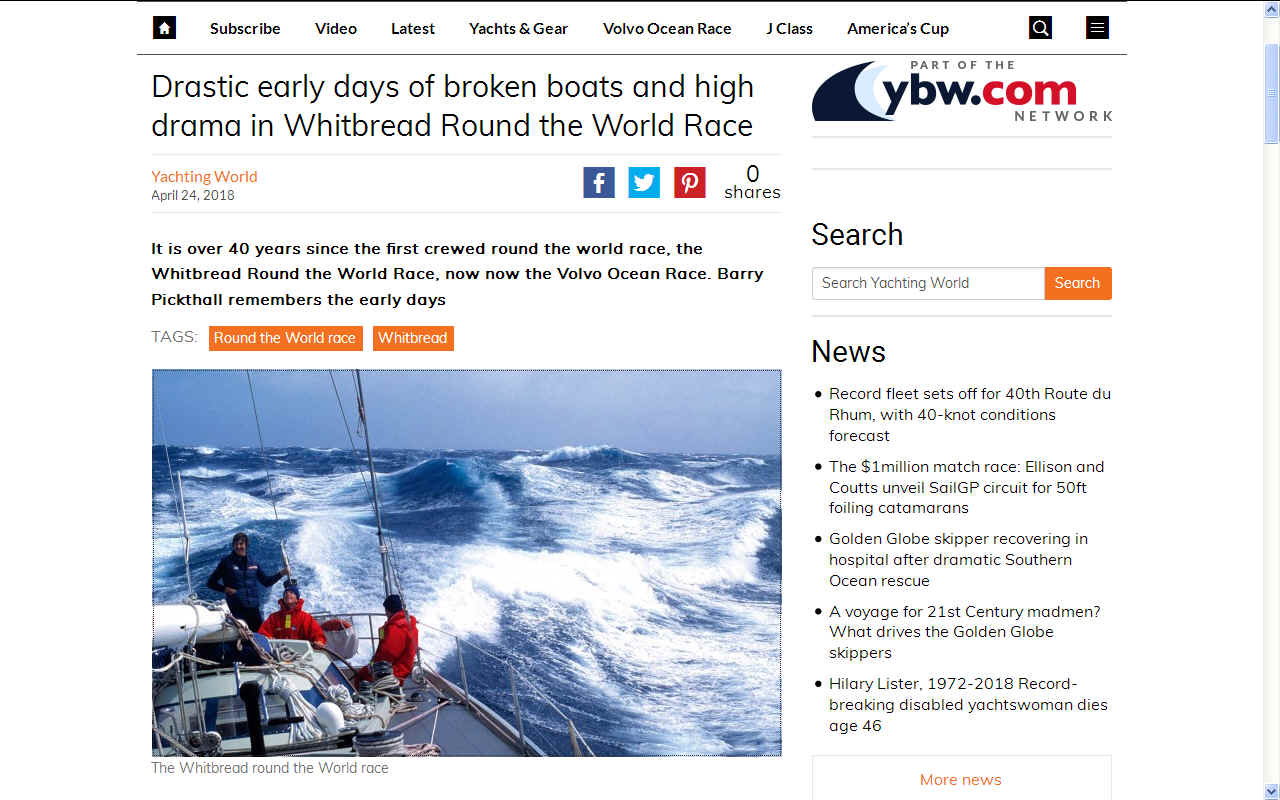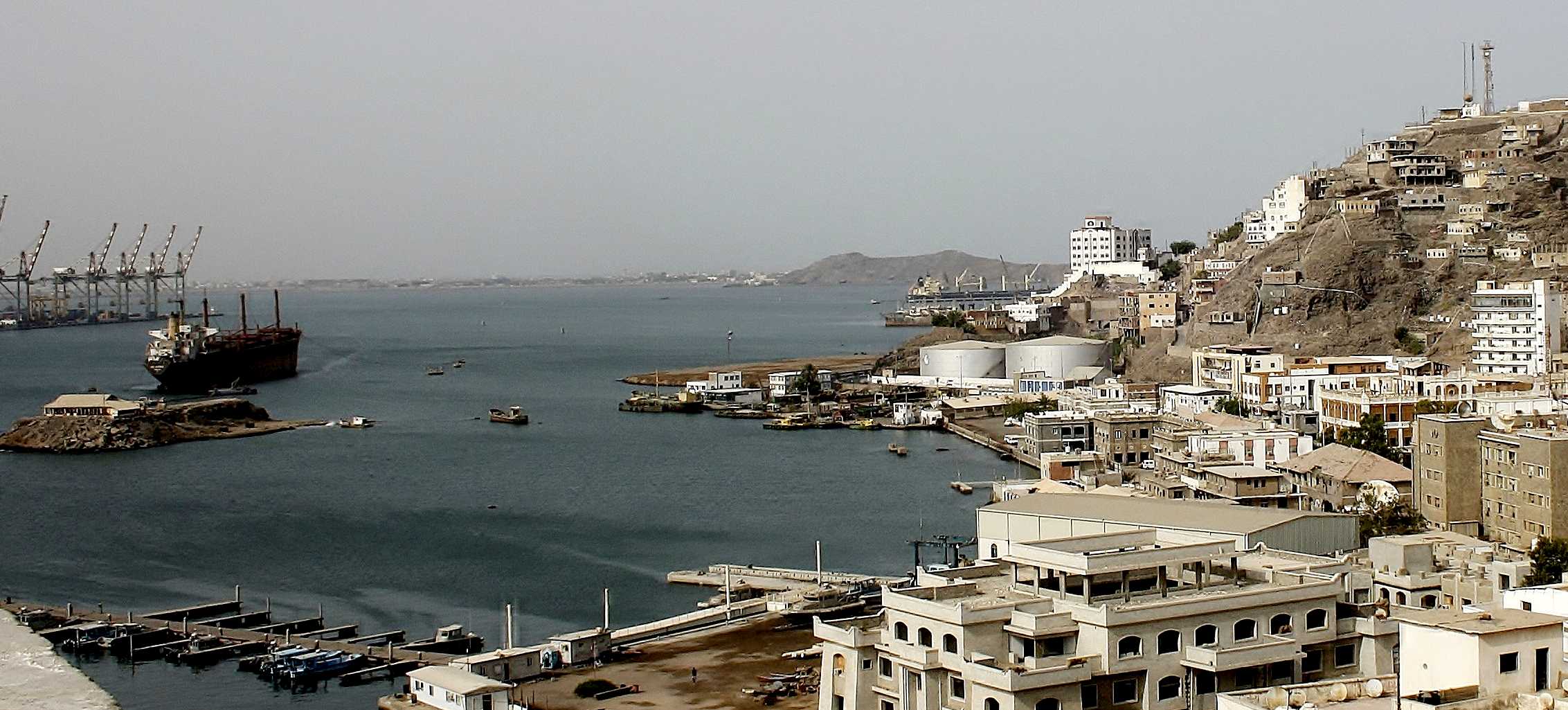|
ADEN - 15th Waypoint
BLUE GROWTH - CIRCUMNAVIGATION - CONTACTS - DONATE - FOUNDATION - FUNDING - HOME - A-Z INDEX
Aden
is a port city and the temporary capital of Yemen, located by the eastern approach to the Red Sea (the Gulf of Aden), some 170 km (110 mi) east of Bab-el-Mandeb. Its population is approximately 800,000 people. Aden's natural harbour lies in the crater of a dormant volcano, which now forms a peninsula joined to the mainland by a low isthmus.
Yemen is in Western Asia, in the southern part of the Arabian Peninsula, bordering the Arabian Sea, Gulf of Aden, and the Red Sea. It lies south of Saudi Arabia and west of Oman, between latitudes 12 and 19°N and longitudes 42 and 55°E. Yemen is at 15°N 48°E. Yemen is 527,970 km2 (203,850 sq mi) in size.
Abdrabbuh Mansur Hadi is a Yemeni politician and former Field Marshal of the Yemeni Armed Forces. He has been the President of Yemen since 27 February 2012, and was Vice President from 1994 to 2012.
Our Trustees believe that it might be useful to anyone interested in progressing low carbon transport, for us to plan a route for the Elizabeth Swan, such that if it is deemed a worthy cause in the battle to tackle climate change, that we have a plan in place to demonstrate clean ocean transport is not as far away as one might imagine, should the political will crystallize to accelerate sustainable technology after COP 24 in December 2018.
If the Foundation were to support the initiation of such a challenge, it would be in a dual format, also being designed as an ocean awareness to attract a global audience to gain the highest potential media coverage.
15TH LEG - The fifteenth leg of this zero carbon voyage is approximately 698 nautical miles from Aden, Yemen to Jeddah, Saudi Arabia. At a cruising speed of 7 knots average cruising speed this leg of the awareness campaign campaign would take 4.5 days to complete. At 6 knots the journey would take 5 days.
Hence this is a theoretical exercise to determine what might be possible in the world of cargo and passenger transport if future ships were to use a power formula derived from the Elizabeth Swan and SeaVax platforms, to increase voyage speed for zero carbon shipping such as to be commercially viable and non polluting.
The following then is a contingency plan to be ready should the Foundation or any Government, Organization, ocean literacy associate or collaborative research partner decide (jointly) that we are in a suitably robust position to mount such a challenge to be worthwhile in awareness terms, including advancing climate control knowledge.
The above does not preclude the possibility of responsible commercial associates enjoining - being a most welcome prospect, perhaps when the Foundation is further along the R&D line and any proposed circumnavigation presents less of a technical risk share to potential contributors and end users, such as ship builders and fleet operators. Such partnerships might accelerate project development considerably.
OCEAN AWARENESS - PROVISIONING & MEDIA STOPS
We are making allowance for nineteen (19) provisioning and Public Relations stops of three days duration each. This adds an extra 57 days to the expedition in the interests of furthering awareness objectives. Hence, the passage would not be an outright race, unless any consortium providing financial incentives decided not to stop for photo opportunities by way of a condition in accepting support. If a race was decided on, provisions for a 3-4 person crew would need to be stored on board. Being solar and wind powered there is no need for conventional refueling.
RECORD HOLDER - On the 4th of May 2012, history was made, as Raphael Domjan, at the helm of a giant of a catamaran powered only by solar panels crossed the finishing line at Monaco to become the first electric boat to sail around the world. MS Tūranor PlanetSolar, known under the project name PlanetSolar, was (@ 2018) the largest solar-powered boat in the world. The vessel was launched on the 31st March 2010, also going into the Guinness Book of World Records with a time of 584 days to better by any contender. The project was mostly financed by Immo Stroeher, the owner of the boat. Though a magnificent endeavour, PlanetSolar was not designed at the outset to take full advantage of energy from nature, but was rather a very much modified ferry design.
FOSSIL FUELS - The Cable and Wireless Adventurer was built for the purpose of circumnavigating the world in less than 80 days. This was successfully accomplished in July 1998 in 74 days, 20 hours, 58 minutes, traveling more than 22,600 nautical miles (26,000 miles or 41,855 km). This achievement set a new Guinness World Record for a diesel powered vessel. The nautical mile or knot, is a unit of speed equal to approximately 1.15078 miles per hour on land (1.852 km). Solar power cannot compete with diesel engines. This boat is though one of the links in the evolution, or archaeology of efficient hulls.
CLIMATE CHANGER - The above table illustrates one of the most likely ocean awareness expedition routes, known as the 'Sunshine Route,' showing the time elapsed in days for 7 knots average cruising speed, including times for 5 and 6 knot averages - allowing for 10% downtime and 36 days in ports. Hence, although the objective is to reduce the current solar circumnavigation record from 584 days, the event in not an outright non-stop yacht competition in the offshore racing sense. It remains to be seen how accurate such a prediction might be. In this table we only allowed 36 days for provisioning and PR but added a 10% contingency for servicing, that could be used for additional time in ports. As a Climate Changing event, performance is one of the main criteria, especially concerning the possibilities for a transition to low carbon shipping and the contribution this might make in combating global warming.
LINKS & REFERENCE
https://www.planetsolar.org/ http://www.guinnessworldrecords.com/world-records/first-circumnavigation-by-solar-powered-boat
This website is provided on a free basis as a public information service. Copyright © Cleaner Oceans Foundation Ltd (COFL) (Company No: 4674774) 2019. Solar Studios, BN271RF, United Kingdom. COFL is a charity without share capital.
|
